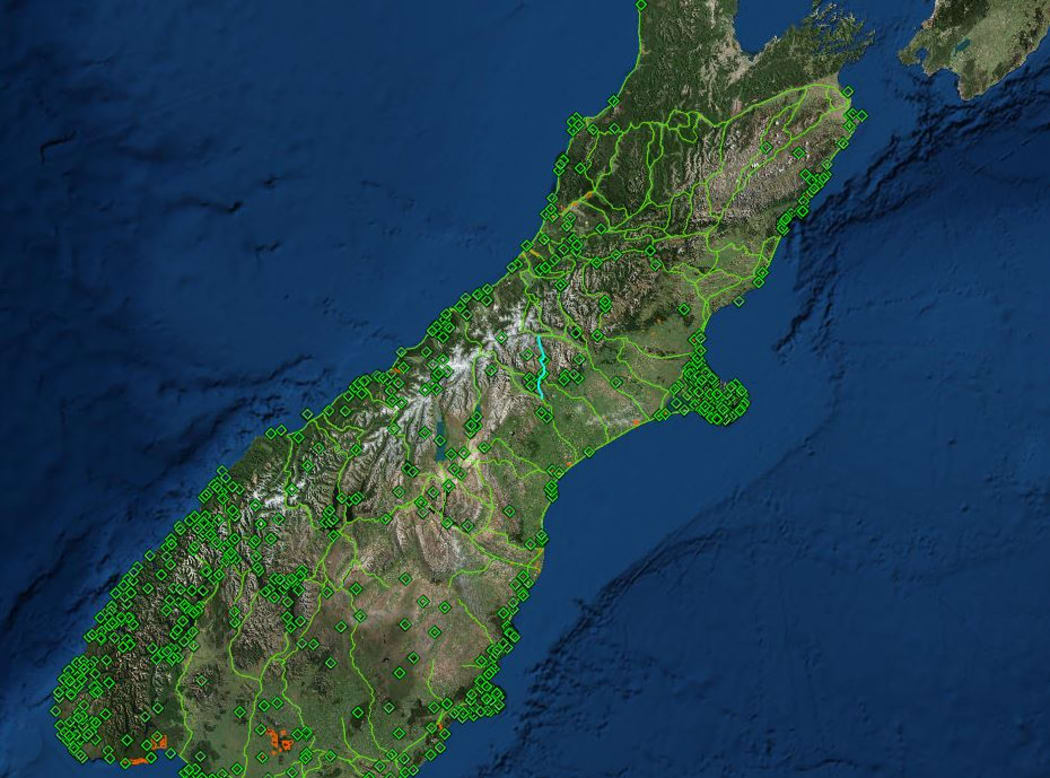Holidaymakers travelling around the South Island or Te Waipounamu this summer will be able to map their journey using a Māori atlas developed by Ngāi Tahu.

A Māori atlas developed by Ngāi Tahu. Photo: http://www.kahurumanu.co.nz
The Ngāi Tahu Archives team spent more than five years creating the online atlas Kā Huru Manu - which has the more than 1000 place names, iwi history and traditional travel routes.
Kā Huru Manu uses the latest geographical information system technology to record, map and transmit traditional Ngāi Tahu knowledge.
Takerei Norton was the project lead for Kā Huru Manu which collected information from whanau across 18 marae in Ngāi Tahu.
Mapping the atlas was a pain-staking exercise, but Takerei Norton said it was worth it to see iwi history come to life.
"They can see their work on 3D Google maps flying through mountains and valleys and see their place names there."
Information for the atlas was referenced from whānau manuscripts, published books, 19th century maps, newspaper articles and a vast range of unpublished material.
Ngāi Tahu chief treaty negotiator Sir Tipene O'Regan said the atlas also gave the correct names for well-known areas in the South Island.
"We've got places like manapouri which is an incorrect name which we're not seeking to change - its original name is Motuhou."
David Higgins is the head of Moeraki marae and said it was marvellous for the iwi to have the atlas as a resource.
"It was an opportunity to do something positive for our people and to ensure that future generations have all that information in their hands."
One of his highlights of working on the project was working with the late Ngāi Tahu researcher Trevor Howse.
A major challenge was ensuring knowledge kept by Kaumātua was recorded and collected before they died.
"We had to ensure that we had not only their manuscripts but the recordings and videos of them talking about those traditions and history," Mr Higgins said.


